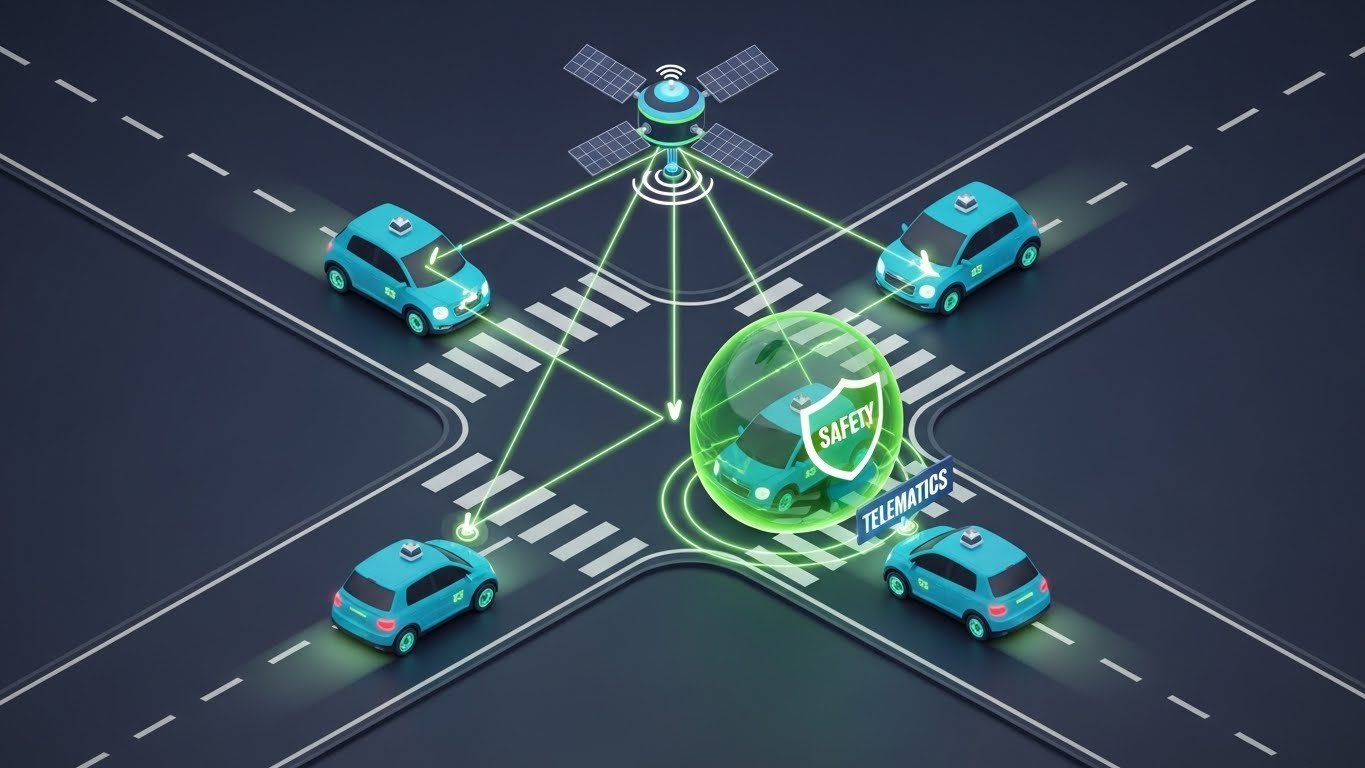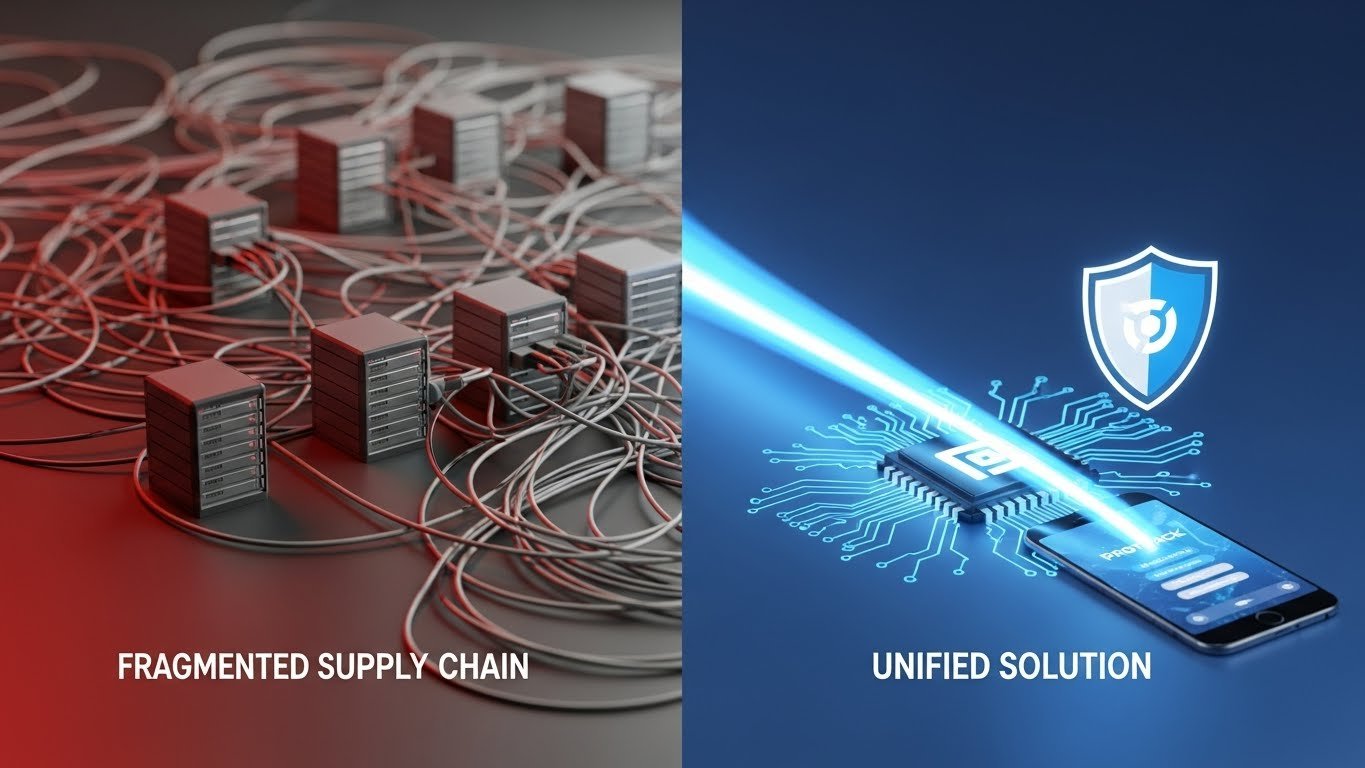Understanding Telematics: The Technology Behind the Transformation
Telematics describes a mix of telecommunications and monitoring technology, primarily utilized in vehicles, to collect and transmit real-time information. This technology runs by incorporating several key elements, such as GPS (Global Placing System), onboard diagnostics (OBD), and cordless interaction systems. These aspects operate in conjunction to gather a myriad of information factors that can significantly aid both insurance providers and fleet supervisors in their functional strategies.
The primary function of telematics is to provide real-time monitoring of risky practices and driving habits. By using devices such as the Protrack GPS tracker or comparable devices, telematics systems catch valuable understandings on vehicle place, speed, fuel consumption, and also mechanical health and wellness through OBD. The information gathered assists in determining circumstances of sidetracked driving and various other risky habits, eventually adding to the development of safer driving atmospheres. For circumstances, through real-time notifies for sidetracked driving circumstances, fleet supervisors can proactively involve with drivers to correct habits that may lead to accidents.
Moreover, the integration of these technologies enables advanced information analytics targeted at enhancing fleet procedures and decreasing deaths when driving. Insurance providers can take advantage of the understandings from telematics for financing purposes, premium evaluations, and claims management, thus improving risk evaluations. Additionally, by utilizing the Protrack GPS monitoring system, fleet supervisors can monitor driving tasks, ensuring conformity with safety regulations and providing comments to drivers regarding their driving practices.
This convergence of GPS technology, interaction devices, and information analytics forms an extensive community that not just equips fleet supervisors but also improves the insurance industry. By utilizing telematics for preventing sidetracked driving and advertising accountable driving practices, companies can significantly decrease the risk of deadly accidents when driving.
The Benefits of Telematics for Insurance providers
The integration of telematics into the insurance industry has significantly changed how insurance providers evaluate risk and underwrite plans. By leveraging real-time monitoring of risky practices through advanced telematics systems, insurance provider can collect extensive driving information, enabling them to create more informed financing choices. This detailed information collection further allows insurance providers to determine specific dangers associated with individual drivers, which leads to a more accurate evaluation of premium prices based upon real driving habits instead compared to traditional market factors.
Furthermore, the use real-time notifies for sidetracked driving circumstances plays a crucial role in decreasing the possibility of accidents. By implementing telematics for preventing sidetracked driving, insurance providers can proactively involve with policyholders, providing them with valuable understandings into their driving practices. This personalized approach not just improves chauffeur safety but also offers to decrease scams prices significantly. Insurance provider can take advantage of the information to validate claims, ensuring that deceptive tasks are reduced and sources are assigned to legitimate claimants.
Moreover, the idea of usage-based insurance models is acquiring grip, where safe driving habits can be incentivized. By utilizing a system such as the Protrack GPS monitoring system, insurance providers can offer discounts or benefits to drivers that exhibit accountable driving patterns. This innovative application of technology not just inspires drivers to follow safer methods but also promotes a more powerful connection in between insurance providers and customers, prominent to improved overall client satisfaction.
To conclude, the benefits of telematics for insurance providers are manifold, including more accurate risk evaluation, scams decrease, and improved client connections through targeted rewards. As this technology proceeds to advance, the role of telematics in changing the insurance landscape can’t be overemphasized, leading the way for a much safer driving environment and better maintenance of policyholders.
Improving Fleet Management with Telematics
Telematics has transformed the way fleet management runs, providing considerable improvements throughout various aspects of the industry. Main to these improvements is the capacity for real-time vehicle monitoring, which facilitates continuous understanding of vehicle locations and statuses. By implementing systems such as the Protrack GPS tracker, fleet supervisors can access real-time information on the movement of their possessions, enabling quick decision-making based upon accurate information. This degree of exposure enables efficient path optimization as routes can be changed in real-time, considering traffic problems, weather changes, and various other variables that could impact delivery times.
Moreover, telematics aids in upkeep scheduling, which is crucial for ensuring fleet dependability and decreasing downtime. Real-time monitoring of risky practices, such as excessive idling or severe stopping, generates valuable information that can indicate when a car requires upkeep. This positive approach to vehicle maintenance not just prolongs the life expectancy of fleet possessions but also reduces unexpected repair costs, adding to overall cost decrease. Additionally, by utilizing telematics for preventing sidetracked driving, fleet supervisors can monitor chauffeur efficiency, determining patterns that might need addressing. This can consist of sending out real-time notifies for sidetracked driving circumstances, ensuring that drivers are more responsible for their activities behind the wheel.
Improving functional effectiveness through these techniques equates into enhanced safety for both drivers and the public. As insurance providers as a result keep in mind a reduction in accidents relates to interruption, the consolidation of technology becomes a crucial aspect in the wider range of risk management. By leveraging systems like the Protrack GPS monitoring system, fleet supervisors can grow a society of safety and obligation amongst their drivers, eventually prominent to improved success and decreased liability. Emphasizing real-time monitoring enables continuous development and scaling of procedures without jeopardizing safety and effectiveness.
The Future of Telematics in Insurance and Fleet Management
The integration of telematics into insurance and fleet management is positioned for considerable development, especially as developments in artificial knowledge (AI) and artificial intelligence improve the energy of gathered information. By evaluating vast quantities of telematics information, these technologies can determine patterns relates to chauffeur habits and functional effectiveness, prominent to improved risk evaluations. For circumstances, real-time monitoring of risky practices can enable insurance providers to create personalized insurance items that better reflect individual chauffeur habits, rewarding safe driving methods while providing rewards for improvements where necessary.
Along with AI and artificial intelligence, the regulative landscape bordering telematics is expected to modify. As the collection and use information become more common, regulations regulating information personal privacy and security will most likely tighten up. Insurance providers and fleet supervisors must adjust to these new standards, ensuring that the real-time notifies for sidetracked driving circumstances and information gathered via telematics, such as those from Protrack GPS trackers, are handled properly and ethically. Companies that focus on information security will foster greater trust amongst users, leading the way for wider fostering of telematics solutions in the insurance industry.
Additionally, the importance of using technology to decrease deadly accidents can’t be overemphasized. With telematics solutions, fleet supervisors can utilize understandings from chauffeur habits monitoring to produce safer driving atmospheres. For instance, telematics for preventing sidetracked driving can alert drivers in real-time while also providing fleet supervisors with valuable information to evaluate and improve safety procedures. As telematics technologies proceed to develop, we can expect new developments that will improve functional effectiveness while driving down risk, profiting insurance providers and fleet supervisors alike.
Overall, the future of telematics in insurance and fleet management promises to change the industry by providing workable understandings through advanced analytics, fostering a safety-focused society, and adhering to arising regulations.









